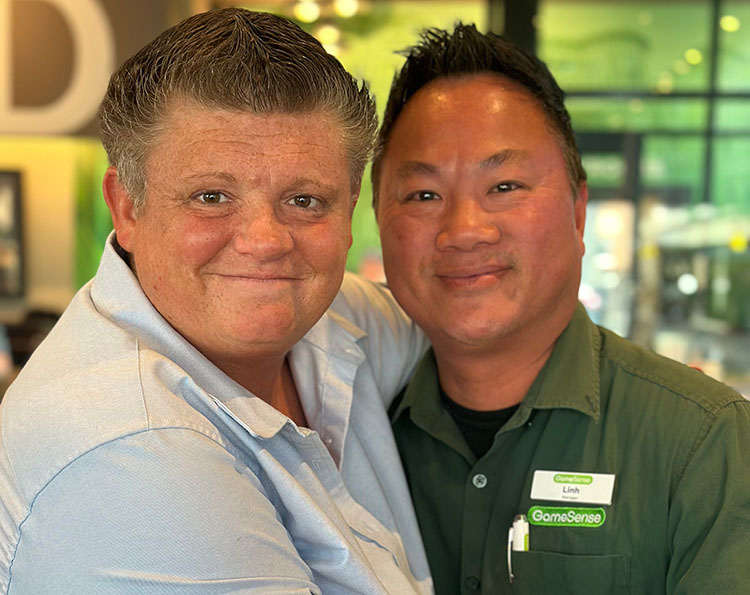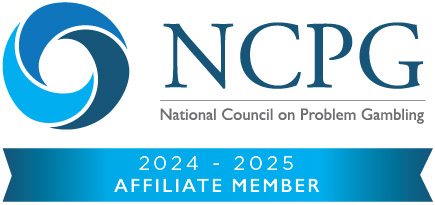By Sasha C. Russell, Communications Specialist, Massachusetts Council on Compulsive Gambling
On Friday, June 6, 2014, Kay M. Johnson, LICSW, Private Practitioner, facilitated PTSD and Problem Gambling in Canton. Johnson covered a range of information about posttraumatic stress disorder (PTSD) in general, and connected it back to gambling disorder. During the training, she also focused on methods that clinicians can utilize in their practices based on the book Seeking Safety: A Treatment Manual for PTSD and Substance Abuse by Lisa M. Najavits, PhD.
The Diagnostic and Statistical Manual of Mental Disorders, 5th Edition (DSM-5) says that PTSD results “after trauma (the experience, threat, or witnessing of death, serious injury or sexual violence); and the person has each of the following key symptoms for over a month, and they result in decreased ability to function (e.g., work, social life): intrusion (e.g., flashbacks, nightmares); avoidance (not wanting to talk about it or remember); negative thoughts and mood; and arousal and reactivity (e.g., insomnia, anger).” PTSD can be broken down into two categories: Simple PTSD, which results from a single event in adulthood, or Complex PTSD, which results from multiple traumas, typically in childhood.
The handout Implementing Seeking Safety with Disordered Gambling, which was given out at the training, states that about 20% of people exposed to trauma develop PTSD. Among people experiencing problems with gambling, 12%-29% are also dealing with PTSD. Johnson mentioned that trauma isn’t always a firsthand experience, but something that can be passed along by listening to another’s experience.
Johnson demonstrated an activity from the Seeking Safety book with the group called, “Grounding.” According to the book, “Grounding is a set of simple strategies to detach from emotional pain (for example, drug cravings, self-harm impulses, anger, and sadness). Distraction works by focusing outward on the external world – rather than inward toward the self. You can also think of it as ‘distraction,’ ‘centering,’ ‘a safe place,’ ‘looking outward,’ or ‘healthy detachment.’”
There are three types of grounding that can be done any time, any place, and anywhere, without anyone knowing: mental grounding, physical grounding, and soothing grounding.
Mental grounding includes, but is not limited to:
- Describe your environment in detail using all your senses
- Play a “categories” game with yourself (e.g.; types of dogs, TV shows, sports teams)
- Use humor
- Count to 10 or say the alphabet slowly
- Repeat a favorite saying to your over and over
Physical grounding includes, but is not limited to:
- Run cool or warm water over your hands
- Touch various items around you, noting textures, colors, materials, weight, and temperatures
- Literally ground yourself – dig your heels into the floor
- Stretch
Soothing grounding includes, but is not limited to:
- Say kind statements to yourself
- Think of favorites (colors, animals, TV shows, foods)
- Picture people you care about
- Think of things you are looking forward to in the next week
These are only some of the techniques used for each type of grounding. All are simple to do, and, as mentioned earlier, can be done at any time, in any place, anywhere, without anyone noticing. The first time you try grounding, it may not work. It is something that can take practice and time. The sooner you start grounding when you’re starting to feel low, the better it may work.
Overall the training was educational and insightful. Johnson truly engaged the class. Everyone left feeling enthused and motivated about utilizing Seeking Safety with their clients, as well as in their own personal lives.






